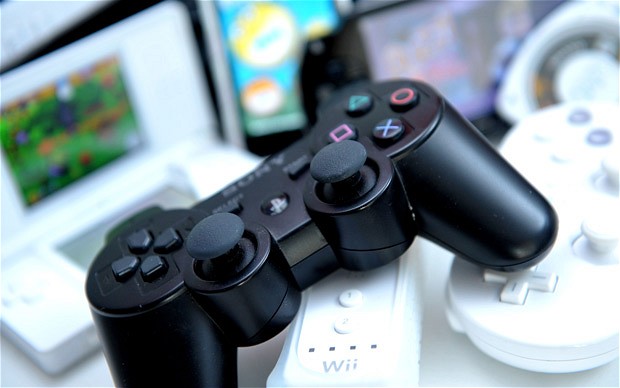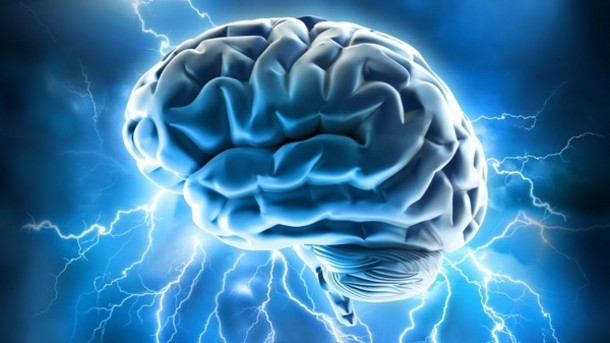You’ve seen the advertisements all around the Web: the curve is coming to a TV near you. It seems at first glance a simple innovation, in some ways even a predictable one. Watching commercials for Samsung’s new line of televisions, I find myself wondering why it’s taken this long for curved screens to arrive. And it’s altogether possible that I’m asking that question because to my brain—and quite likely to yours—the curve simply fits.
Behavioral researchers have known this for some time; people consistently show a preference for curves over hard lines and angles. Whether the object is a wristwatch, a sofa, or a well-designed building, curves curry favor. Neuroscience, following the lead of behavioral science, is on the hunt for a neurally-hardwired preference for curvy elegance.
Of course, televisions with curved screens offer technical advantages beyond aesthetics. Curvature reduces reflection, making the viewing experience easier on the eyes, and simultaneously creates the illusion that the viewer is surrounded by the screen. The so-called “sweet spot” at the center of the illusion is a comfortable magnet for our attention. (Most of this has been known since the 1950s with the introduction of the first curved movie theater screen, the Cinerama.)
But aside from those advantages, studies suggest that merely viewing the curves of an object triggers relief in our brains – an easing of the threat response that keeps us on guard so much of the time. While hard lines and corners confer a sense of strength and solidity, they are also subtly imposing. Something about them keeps our danger-alert system revved.
Research shows that we subjectively interpret sharp, hard visual cues as red flags in our environment (with corresponding heightened activity in our brain’s threat tripwire, the amygdala). Even holding a glass with pronounced hard lines and edges has been shown to elevate tension across the dinner table. Curves take the perceptual edge off.
The softness of contour may also play out in our brains not unlike an emotionally satisfying song or poem. A new discipline known as neuroaesthetics—an ambitious vector between neuroscience and the fine arts—is exploring this idea, shedding light on why the love of curves is seducing technology manufacturers. Recent research under this new banner suggests that curved features in furniture, including TVs, trigger activity in our brains’ pleasure center. We derive a buzz from curves much as we do when viewing a beautiful work of art.
The overlap of visual impact from things as commonplace as chairs and tables and TVs, and emotional impact at such a high level (a level we’d normally reserve for art and music) suggests that the ordinary elements in our environments aren’t so ordinary after all. Skilled industrial designers have known this for quite some time, but now science is adding an explanatory dimension that makes the point all the more compelling.
And if it’s true, as the research indicates, that the curve is an emotional elixir for anxiety-prone brains, the latest trend is likely to take hold and transform our interface with all things digital. We may eventually look back on the non-curved days of technology the way we think of black and white television now. The term “flat-screen TV” will go the way of “rotary dial phone”.
Having said that, the true test of the curvy trend’s appeal won’t happen until the price point drops considerably. Curves may calm, but the prices on many curved screen TVs are anything but calming. We’ll have to wait a while for that to play out to know whether the brain's love of the curve translates into an enduring shift in technology.
You can find David DiSalvo on Twitter@neuronarrative and at Forbes. His latest book is Brain Changer: How Harnessing Your Brain’s Power To Adapt Can Change Your Life.






















